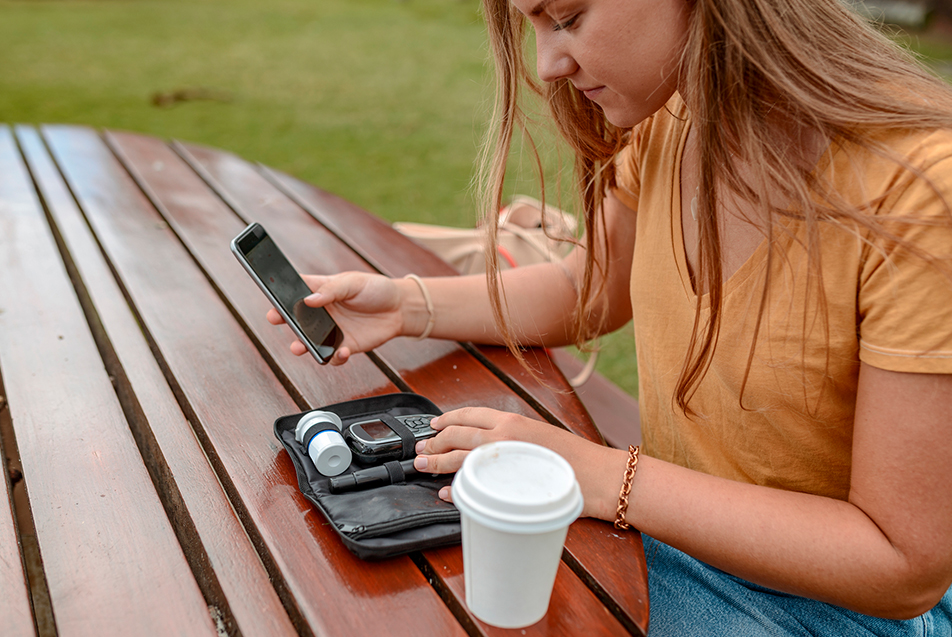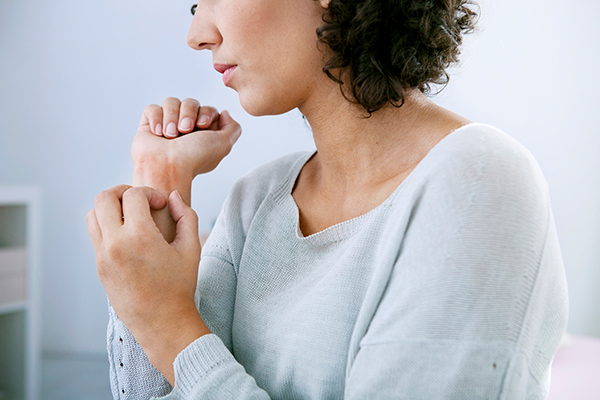 ‘Tis the season for jet setting and putting more push pins in the map. As Leigh Ann Brooks, nursing services operational lead, Diabetes Education, Parkview Regional Medical Center, shares, that means a little extra preparation for those managing their diabetes.
‘Tis the season for jet setting and putting more push pins in the map. As Leigh Ann Brooks, nursing services operational lead, Diabetes Education, Parkview Regional Medical Center, shares, that means a little extra preparation for those managing their diabetes.
For many people, summer is the perfect time to take a vacation. The days feel longer, the warm sun is inviting and the family schedule is certainly more flexible. But for those with diabetes, it’s important to prepare, so you can keep your condition under control while away from home and your normal routine. By planning ahead, you can avoid stressful situations with your diabetes and truly enjoy yourself. No one wants to spend their vacation in a doctor’s office or hospital! Traveling with your disease can be simplified by doing a little homework.
Whether you’ll be traveling by car or by airplane, here are some key points from the American Diabetes Association to remember when preparing to travel.
- Visit your doctor ahead of your trip. It is helpful to obtain a note stating your medical condition and the medication and supplies you need to care for yourself while you are away.
- Stay hydrated. Many people limit their fluids when traveling to avoid too many pit stops. However, dehydrating yourself could cause marked elevations in your blood sugar. Remember the tried and true recommendation of 8 8-ounce glasses of water daily.
- Take time to stand, stretch and walk. Walking helps to lower blood sugars and improve your circulation.
- Keep all your medicines, insulin and blood glucose meter in your possession. Do not put these items in checked luggage or bury them in your trunk. They need to be accessible to you at all times. You may also want to purchase a small sharps container for your used lancets or syringes.
- Remember insulin does not have to be refrigerated after you open the pen or vial, but it does need to stay at room temperature. Don’t leave it in your hot car or insulin will lose its effectiveness.
- Check your blood sugar more often. A disruption in your normal routine and timing of meals could mean a disruption in your blood sugar control.
- Take double the medication, insulin and testing supplies you think you will need. You never know what delays may be encountered when traveling. Especially when you are traveling abroad. Packing the medication in its original container with the pharmacy label is best.
- Bring snacks and glucose tablets. You do not want to be without something to treat a low blood sugar event or replace a meal as needed.
- If you wear an insulin pump, make sure you take plenty of infusion sets, cartridges, batteries and insulin. In addition, make sure you take syringes as a back-up method for injecting insulin in case of a problem with your pump.
- Wear a medical identification bracelet or necklace. In addition, carry a wallet card with your list of medication.
- Research the area you are traveling to and make sure you know where urgent clinics or emergency rooms are located just in case. If you are traveling abroad, you may want to get a list of English-speaking foreign doctors from the International Association for Medical Assistance to Travelers (IAMAT), 1623 Military Road, #279, Niagara Falls, NY 14304 (www.iamat.org). IAMAT can be reached at (716) 754 4883. If an emergency occurs while you're traveling and you don't have such a list, contact the American Consulate, American Express or local medical schools for a list of doctors.
Resource:
American Diabetes Association



